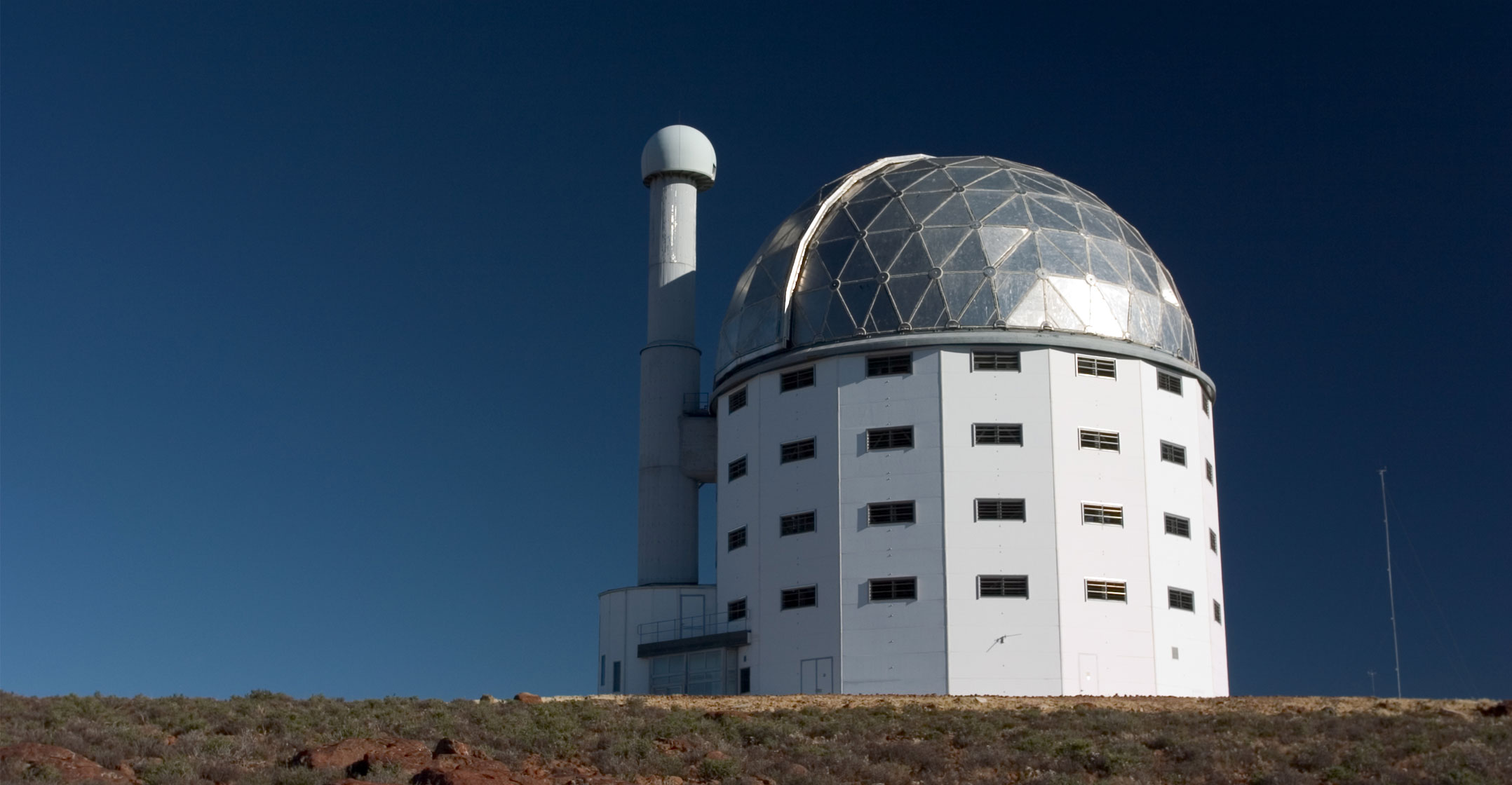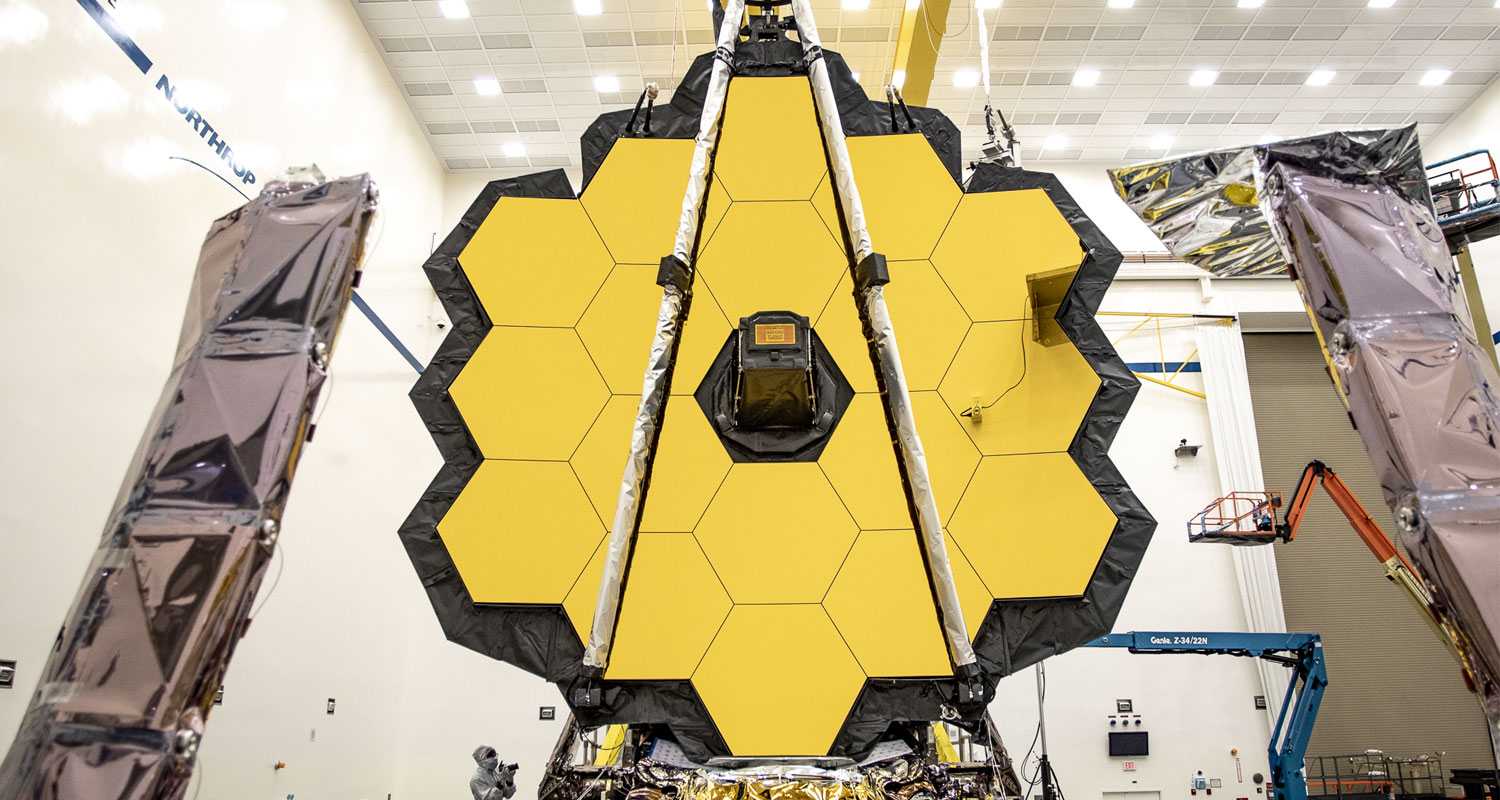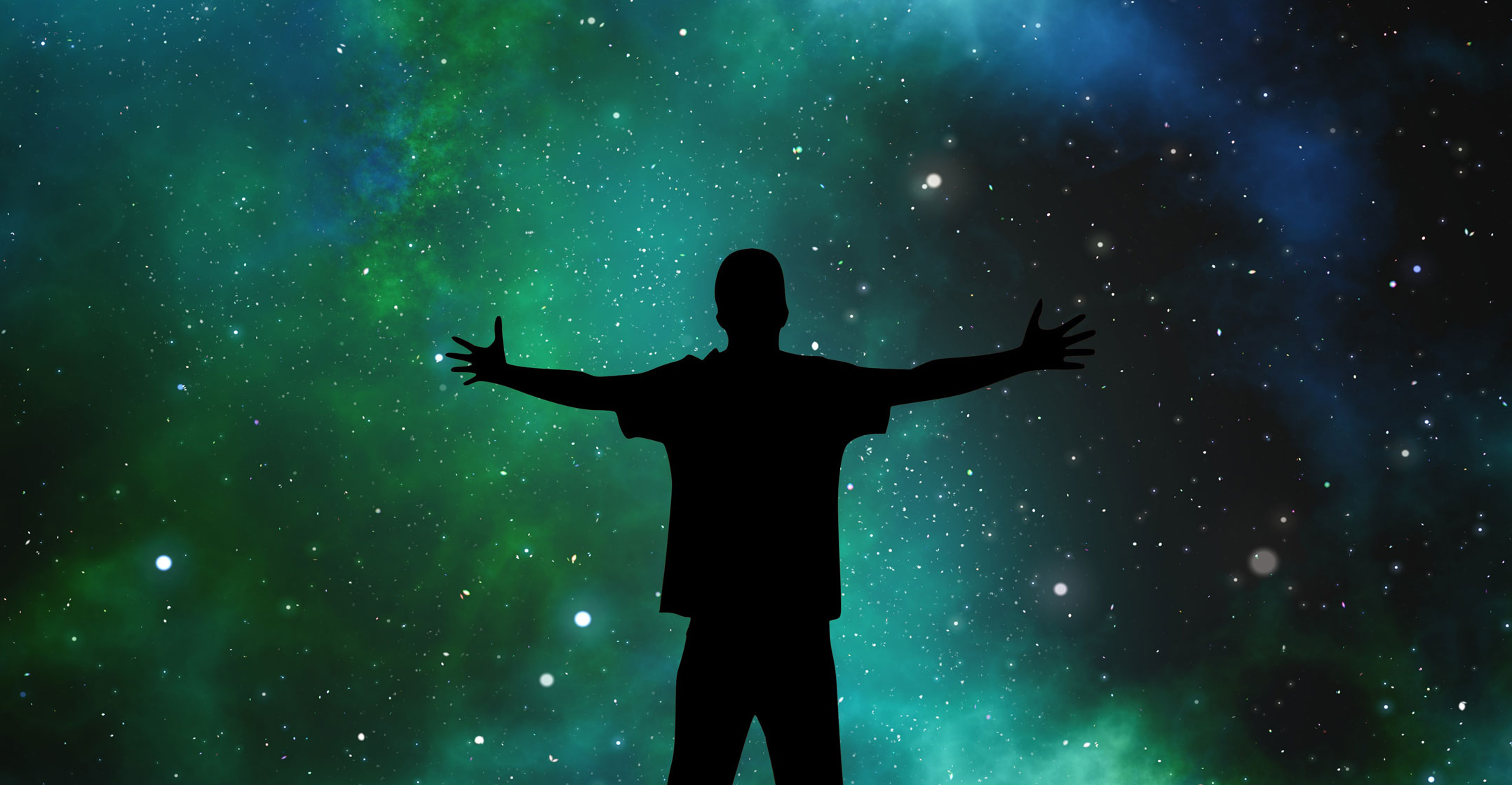
Chopping-edge telescopes, gravitational waves, black holes and our photo voltaic system’s central star, the solar, are just some of the matters that will probably be on the desk in Cape City for an occasion that’s a scientific model of the Olympic Video games – although the world’s main astronomy researchers in attendance will probably be showcasing their brains fairly than their brawn.
The Worldwide Astronomical Union (IAU) was established in 1919 and held its first Common Meeting in Rome, Italy in 1922. These assemblies, held each 4 years, are an opportunity for the organisation’s members and associates to fulfill in particular person, and for researchers to share their work with their friends from across the globe.
The thirty second Common Meeting, which kicked off on Tuesday and which concludes subsequent week, marks the assembly’s first outing in Africa. It is a vital milestone for the continent; astronomy has grown and strengthened tremendously over the previous decade.
That is largely, although not solely, a results of South Africa’s standing as co-host, with Australia, of what would be the world’s largest radio telescope, the Sq. Kilometre Array (SKA), operated and managed by the Sq. Kilometre Array Observatory. Its first section is ready for completion in 2027; its precursor, the MeerKAT telescope, is already making big contributions to each South African and worldwide science. Extra SKA dishes will probably be positioned in eight different African nations: Ghana, Zambia, Madagascar, Botswana, Namibia, Kenya, Mauritius and Mozambique.
The programme is full of symposia, focus conferences devoted to quite a lot of astronomical topics, poster displays and extra. Listed here are simply 4 of the scientific matters underneath dialogue in the course of the meeting.

1. The James Webb House Telescope
The astronomy world rejoiced on 25 December 2021 when the James Webb House Telescope was efficiently launched.
Months later the telescope went into testing and verification phases; it’s now in full science operations mode and producing discoveries at an astonishing charge. What makes it particularly efficient is that it provides astronomers the excessive sensitivity – the flexibility to detect faint, distant objects – required to review the early universe.
One of many meeting’s symposia, titled “The primary chapters of our cosmic historical past with JWST” options among the new leads to the exploration of the early universe, when the primary stars and galaxies have been shaped.
That is fascinating for astronomers and non-astronomers alike: we’re all taken with figuring out whether or not there’s one other planet like ours on the market, and the James Webb House Telescope has already been used to find many new exoplanets (planets that orbit outdoors our personal photo voltaic system). May any of those planets be liveable for people? We might have solutions ahead of we anticipated because the telescope continues its outstanding work.
2. The incoming king of radio astronomy
Impartial hydrogen is probably the most plentiful factor within the universe and is a vital a part of the make-up of galaxies within the universe. When the spin course of the electron within the hydrogen atom flips, radio emissions are produced. These emissions could be detected by radio telescopes and are essential for understanding the distribution and kinematics (movement) of gases in galaxies.
MeerKAT, a precursor to the SKA, is already producing ground-breaking impartial hydrogen science as a result of it’s at present probably the most delicate telescope for impartial hydrogen observations.
After all, a venture the dimensions and scope of the SKA received’t solely be mentioned in a single or two classes. A whole focus assembly on the meeting is devoted to delving into the historical past of astronomy in South Africa and the way it developed to the purpose that it was chosen to host the world’s largest radio astronomy venture.
 3. Gravitational waves
3. Gravitational waves
It’s been 9 years since scientists introduced that they’d, for the primary time ever, detected gravitational waves. This supplied clear proof to help Albert Einstein’s prediction, a century earlier, that gravitational waves existed.
Since that first affirmation, quite a lot of new science has emerged within the discipline of gravitational wave astrophysics. Astronomers are in a position to discover our observable universe utilizing not simply electromagnetic waves, however gravitational waves – “ripples” in space-time – too. Many of those outcomes will probably be showcased in a symposium on the common meeting.
4. Our star: the Solar and its huge counterparts
The solar, the centre of our photo voltaic system, is the closest stellar laboratory obtainable to scientists learning the true nature and environmental affect of photo voltaic winds and coronal mass ejections, in any other case known as house storms that trigger aurora.
Stars of plenty eight instances or greater than that of the solar are known as huge stars. Such high-mass stars evolve quicker than their low-mass counterparts. They finish their lives in an explosive course of, a supernova, and depart behind a fast-spinning neutron star, generally known as a pulsar.
One of many focus conferences will consider exploring new outcomes that bridge the hole between huge stars, supernovae and transients from pulsars. Understanding the complete evolutionary sequence of huge stars is essential to understanding the evolution of galaxies since huge stars affect the chemical composition, construction and morphology of their host galaxy. And a symposium has been devoted to contemplating current advances in photo voltaic observations.
Facet conferences
The overall meeting can be an opportunity for teams of astronomers to organise facet conferences. Among the science underneath dialogue at these conferences in 2024 consists of the Occasion Horizon Telescope, a world array which is used for black gap imaging, and the African Millimetre Telescope in Namibia. Different conferences will deal with the South African Radio Astronomy Observatory and learn how to maintain evening skies darkish and quiet for optimum radio astronomy.![]()
- The creator, James Okwe Chibueze, is distinguished professor on the School of Science, Engineering and Expertise on the College of South Africa
- This text is republished from The Dialog underneath a Artistic Commons licence